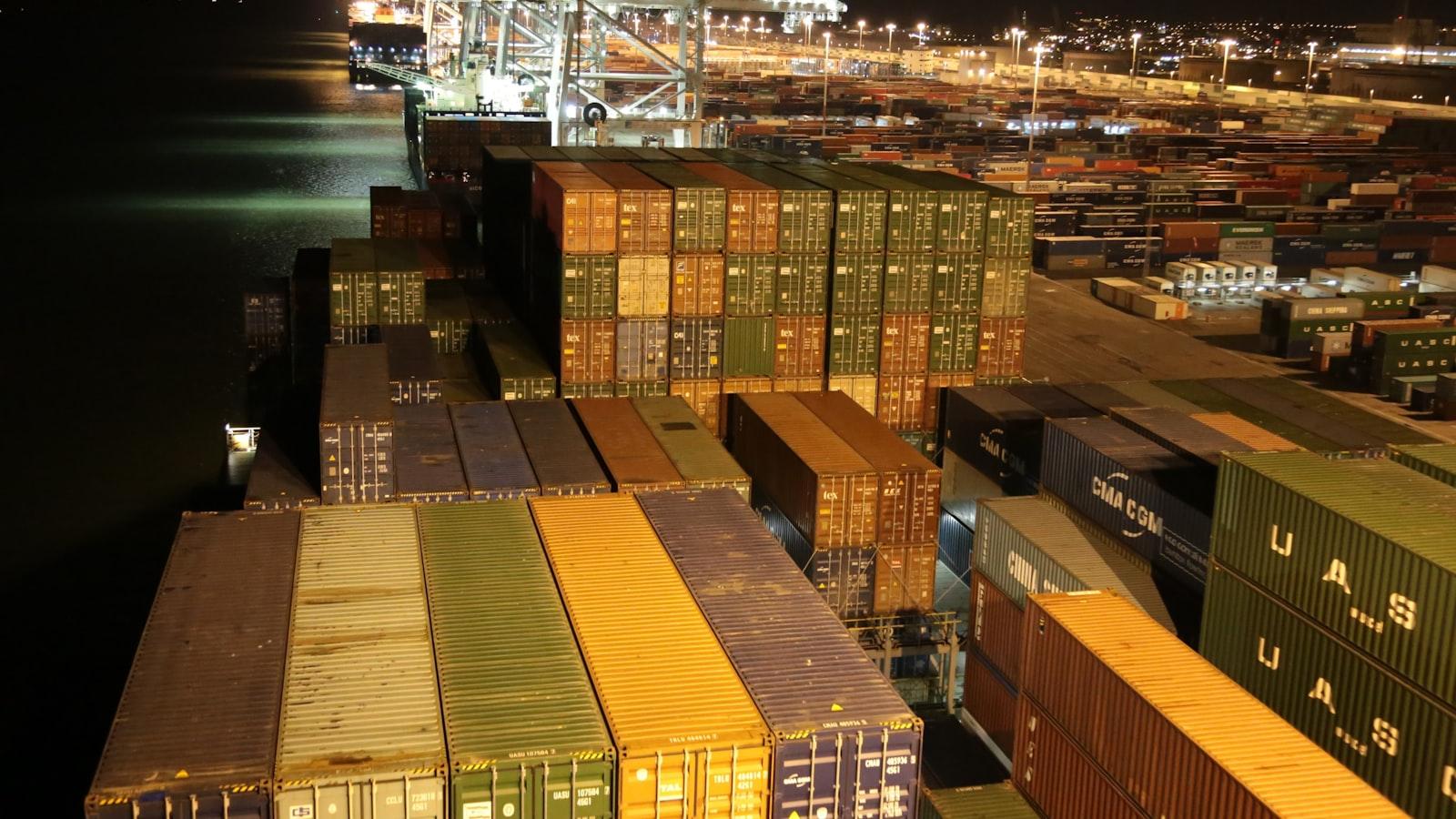In the fast-paced world of global commerce, the seamless flow of goods from manufacturer to consumer is essential. Behind the scenes, a complex network of systems and processes work together to ensure that products are delivered on time and in top condition. At the heart of this intricate dance is Supply Chain Management (SCM), a crucial function that encompasses logistics, transport, and shipping. Join us as we delve into the world of SCM and explore the key role it plays in keeping the wheels of industry turning.
Overview of SCM in Logistics Operations
In the world of logistics operations, Supply Chain Management (SCM) plays a crucial role in ensuring the seamless flow of goods from manufacturers to consumers. SCM involves the coordination and management of all activities related to the sourcing, production, and distribution of products. It aims to optimize efficiency, reduce costs, and improve overall customer satisfaction.
Transportation is a key component of SCM logistics, as it involves the physical movement of goods from one point to another. Whether by road, air, sea, or rail, choosing the right mode of transportation is essential in ensuring timely delivery and reducing transit costs. Shipping, on the other hand, refers to the process of packaging and preparing goods for transport, as well as handling customs clearance and documentation. Effective SCM logistics requires a seamless integration of transportation and shipping processes to meet the demands of a dynamic global supply chain.

Key Considerations for Optimizing Transport Networks
When optimizing transport networks for supply chain management, there are several key considerations that must be taken into account to ensure seamless operations. One important factor to consider is the efficiency of the transportation modes being used. Whether it’s trucks, trains, ships, or planes, each mode has its own advantages and limitations that need to be carefully evaluated. By selecting the most appropriate modes for each leg of the journey, companies can minimize costs and maximize efficiency.
Another crucial consideration is the optimization of routes and schedules. By leveraging advanced route planning software and data analytics, companies can identify the most efficient routes, minimize empty miles, and reduce delivery lead times. Additionally, by optimizing schedules and ensuring timely pickups and deliveries, companies can improve customer satisfaction and enhance their reputation in the market. Overall, optimizing transport networks is essential for achieving cost savings, improving operational efficiency, and delivering exceptional service to customers.

Challenges in Shipping Management and Solutions with Technology
Challenges: The shipping industry faces various challenges in managing logistics efficiently. Some common issues include unpredictable weather conditions affecting delivery timelines, rising fuel costs impacting profitability, and complex international regulations leading to compliance difficulties. Additionally, the lack of real-time visibility in tracking shipments can cause delays and increase the risk of lost or damaged goods.
Solutions with Technology: To address these challenges, the shipping industry can leverage technology to streamline operations and improve efficiency. Implementing advanced GPS tracking systems can provide real-time visibility of shipments, allowing better monitoring and proactive decision-making. Automation software can help optimize routes, reduce fuel consumption, and minimize transportation costs. Furthermore, cloud-based platforms can centralize data management, streamline communication between stakeholders, and ensure compliance with international regulations. By embracing technology, shipping companies can overcome logistical hurdles and enhance overall supply chain management.

Strategies for Enhancing Efficiency in Supply Chain Logistics
When it comes to optimizing supply chain logistics, there are several key strategies that can help enhance efficiency and streamline operations. One effective approach is to implement real-time tracking and monitoring systems for shipments and inventory. By utilizing advanced technology such as GPS tracking devices and RFID tags, companies can gain better visibility into their supply chain, allowing for more accurate forecasting and timely decision-making.
Another important strategy is to establish strong partnerships with reliable transportation and shipping providers. By collaborating closely with reputable carriers and logistics companies, businesses can ensure smooth and efficient movement of goods from suppliers to customers. This not only helps to reduce lead times and minimize disruptions but also improves overall customer satisfaction and loyalty. Additionally, investing in warehouse automation and process optimization can further enhance productivity and drive cost savings in the supply chain.
Future Outlook
In conclusion, the world of SCM logistics, transport, and shipping is a complex and ever-evolving industry that plays a vital role in the global economy. From managing supply chains to delivering goods across the world, the interconnected network of transportation and logistics is the backbone of modern commerce. By staying informed and adapting to the latest trends and technologies, businesses can navigate the challenges of this dynamic sector and drive innovation in the field. Whether by land, sea, or air, the possibilities for growth and success in SCM logistics are endless. So buckle up, stay informed, and get ready to navigate the exciting journey ahead in this fast-paced industry.
